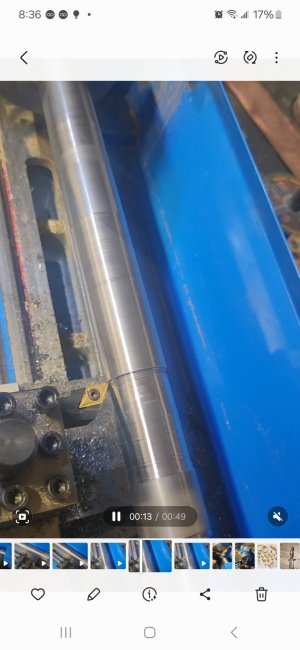What is the required HP to work metal? I am looking at the affordable 8 x 13 wood lathe from KMs tools https://www.kmstools.com/king-canada-8-quot-x-13-quot-variable-speed-wood-lathe.html
However I'm not sure if it can be used with metal. What exactly is the difference between a metal and wood lathe other than the cutting tools?
However I'm not sure if it can be used with metal. What exactly is the difference between a metal and wood lathe other than the cutting tools?



